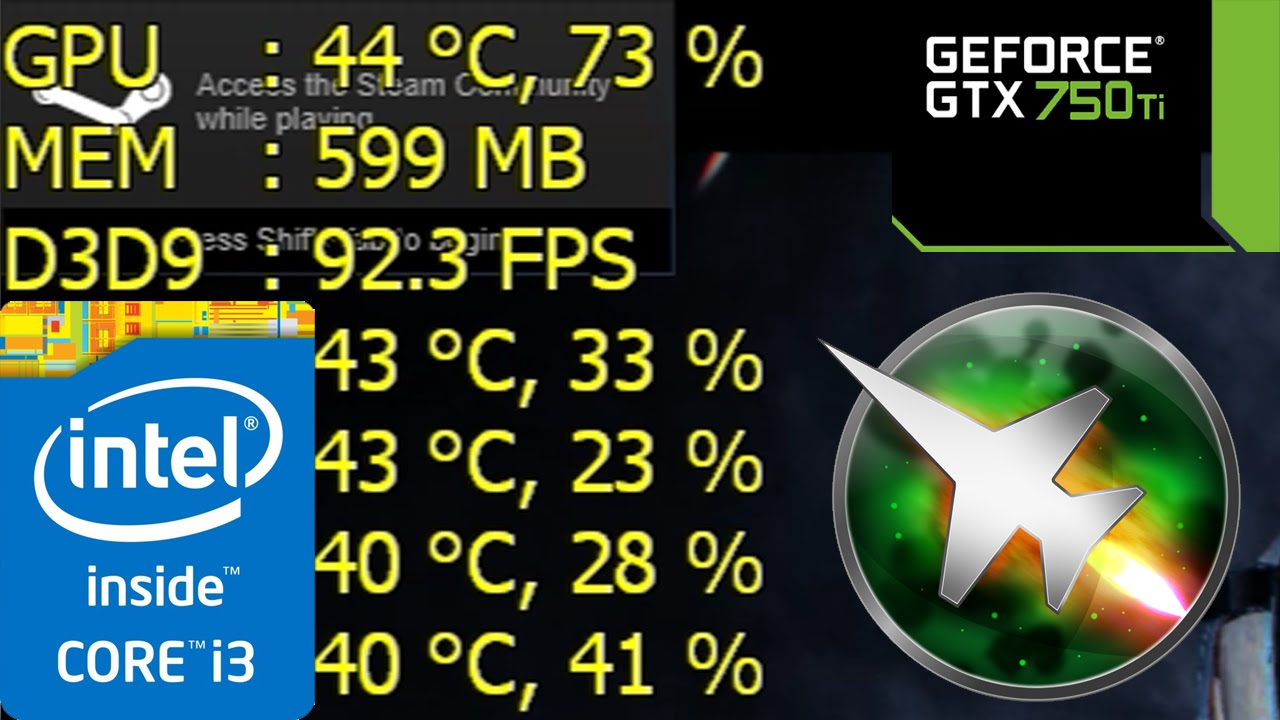
- #ANDROID CPU MEMORY MONITOR FOR ANDROID#
- #ANDROID CPU MEMORY MONITOR ANDROID#
- #ANDROID CPU MEMORY MONITOR FREE#
- #ANDROID CPU MEMORY MONITOR MAC#
These widgets show real-time CPU, battery information, and memory monitor. This app offers widgets to show the details easily on the monitor.

#ANDROID CPU MEMORY MONITOR ANDROID#
File statistics (number of songs, videos, podcasts, artists, genres, etc. All in all, it is a very good tool for monitoring your Android internal information.CPU Monitor provides many kinds of tools like One Tap Boost, ram widget, CPU widget, battery widget, overheat alarm, and more. Detailed page statistics including page ins and outs, page faults, page lookups, page purges and others CPU Monitor You can also use this Android system monitor tool to track the CPU usage, temperature, frequency, and performance in real time. Profiler is a light-weight Android app that lets you monitor your device’s CPU and GPU usage in real time.It is ideal to find out the device CPU and memory resources state in.
#ANDROID CPU MEMORY MONITOR FREE#
#ANDROID CPU MEMORY MONITOR MAC#
You can use Activity Monitor to determine if your Mac could use more RAM.Check stats of your CPU, Ram, Memory, Battery, Sensors and more.ĬPU Monitor is the application providing you powerful graphical monitoring about your device - hardware, operating system, processor, memory, GPU, network interface, storage and battery, including OpenGL powered visual representation in real time for all your Android devices. When your computer approaches its maximum memory capacity, inactive apps in memory are compressed, making more memory available to active apps. With this application, you can monitor the.
#ANDROID CPU MEMORY MONITOR FOR ANDROID#
To display more columns, choose View > Columns, then choose the columns you want to show. Best CPU/temp monitor for Android Hi, Im looking for a good CPU + temperature monitor app for my phone. CPU Monitor is one of the powerful programs and monitors for the processor resource of the users mobile device. Swap Used: The amount of space being used on your startup disk to swap unused files to and from RAM. Until this memory is overwritten, it remains cached, so it can help improve performance when you reopen the app. Select the Compressed Memory column, then look in the VM Compressed column for each app to see the amount of memory being compressed for that app.Ĭached Files: The size of files cached by the system into unused memory to improve performance. When your computer approaches its maximum memory capacity, inactive apps in memory are compressed, making more memory available to active apps. PerformanceTest Mobile conducts 17 different tests spanning five standard test suites (CPU, Memory, Disk, 2D & 3D Graphics). This memory can’t be cached and must stay in RAM, so it’s not available to other apps.Ĭompressed: The amount of memory that has been compressed to make more RAM available. Performance Comparison of Android Devices General Test Information Benchmark results ('Baselines') were gathered from users submissions to the PassMark web site as well as from internal testing. Wired Memory: Memory required by the system to operate.


To the right, you can see where the memory is allocated.Īpp Memory: The amount of memory being used by apps. Memory Used: The amount of RAM being used. Physical Memory: The amount of RAM installed. Memory pressure is determined by the amount of free memory, swap rate, wired memory, and file cached memory. These are the steps below to monitor the CPU consumption of Android applications. Memory Pressure: Graphically represents how efficiently your memory is serving your processing needs. In the Activity Monitor app on your Mac, click Memory (or use the Touch Bar) to see the following in the bottom of the window:


 0 kommentar(er)
0 kommentar(er)
